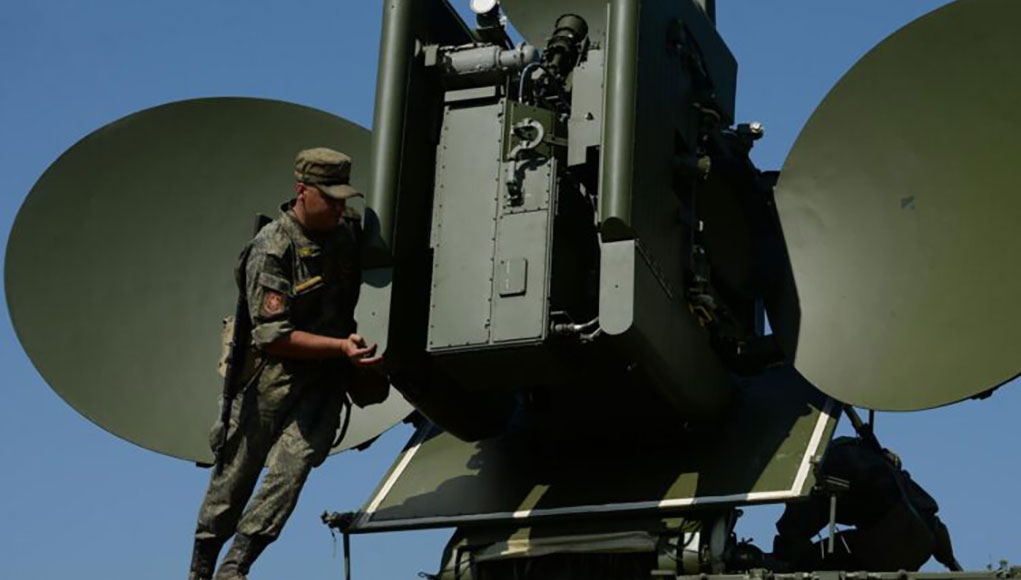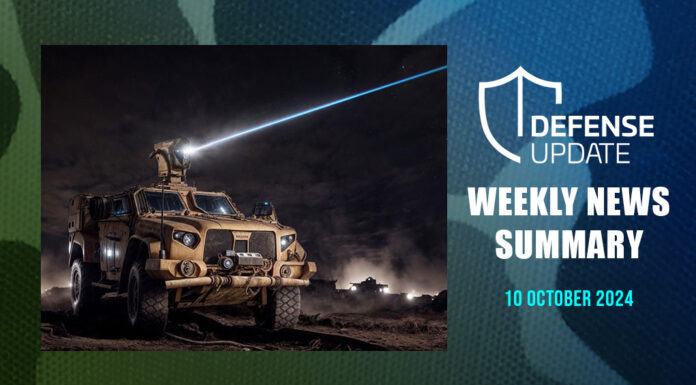Navigation Warfare, or NAVWAR, represents a critical domain within the broader spectrum of Electronic Warfare (EW), focusing on the contest for dominance over positioning, navigation, and timing (PNT) capabilities essential for military and civilian operations. It encompasses a range of offensive and defensive measures aimed at exploiting, deceiving, disrupting, or protecting satellite navigation systems—principally the Global Navigation Satellite Systems (GNSS), which include the United States GPS, Russia’s GLONASS, Europe’s Galileo, and China’s BeiDou. These satellite constellations are used for commercial and military services and provide navigation services to users worldwide.
The Strategic Importance of GNSS
GNSS plays a pivotal role in the modern world, far beyond its military applications. It underpins critical infrastructure, from telecommunications and electricity grids to banking systems. In military use, GNSS is the backbone of precision-guided munitions, real-time troop and asset tracking, and synchronized operations across air, land, sea, space, and cyber domains. Thus, the accuracy and reliability of PNT data are not merely operational requirements but are fundamentally intertwined with national security and global stability.
Vulnerabilities and Threats
Despite its advantages, the reliance on GNSS introduces significant vulnerabilities. GNSS signals, being low-power radio waves transmitted from thousands of kilometers away in space, are inherently susceptible to intentional or accidental interference. NAVWAR exploits these vulnerabilities through:
- Jamming: The deliberate broadcasting of radio frequency noise on the same frequencies used by GNSS receivers to drown out the actual satellite signals, rendering them unusable.
- Spoofing: More sophisticated than jamming, spoofing involves broadcasting false GNSS signals. Receivers tricked by these signals can produce erroneous positions and times, potentially leading to disastrous outcomes.
- Cyber Attacks: Cyber attacks target the data links and control segments of GNSS infrastructure and can alter or disrupt the flow of accurate PNT information.
Historical Context
The concept of NAVWAR is not new but has evolved with technology. Early examples include using signal jammers during World War II to disrupt radio navigation. The 1991 Gulf War highlighted the strategic value of GPS, marking the beginning of its widespread military use and, consequently, the advent of modern NAVWAR tactics. Since then, the technological race has intensified, with state and non-state actors developing increasingly sophisticated means to exploit GNSS vulnerabilities.
The Dual-Use Dilemma
A unique aspect of NAVWAR is its dual-use dilemma. The same capabilities that enable military operations might degrade friendly force operations and harm civilian systems. The widespread use of GNSS across various sectors means that NAVWAR technologies have implications far beyond the battlefield, affecting everything from commercial aviation to emergency services. This interconnection mandates a cautious approach to NAVWAR, balancing offensive capabilities with the potential risks to civilian infrastructure.
Further reading on this topic:
- NAVWAR Jammers
- NAVWAR Deployment at War
- Defensive NAVWAR
- Integrated Solutions – the Future of NAVWAR Defense
Conclusion
The future of NAVWAR is a complex interplay of technology, strategy, and diplomacy. As we advance into this future, the key to success lies in innovation, collaboration, and the relentless pursuit of resilience. By staying ahead of the curve in detecting and mitigating NAVWAR threats, we can secure the PNT services that underpin our modern way of life against the challenges of tomorrow. The journey ahead is one of constant vigilance and adaptation as we navigate the ever-evolving terrain of electronic warfare in the quest to protect and preserve the unseen signals that guide us through the world.




















